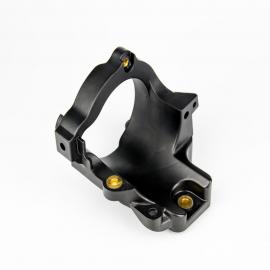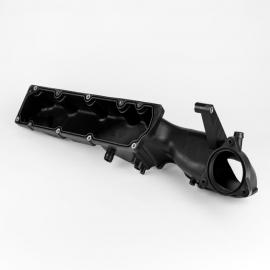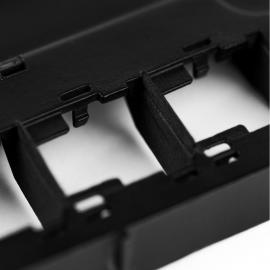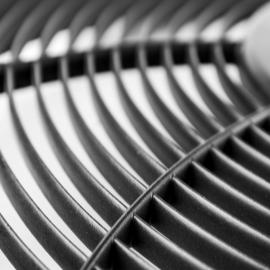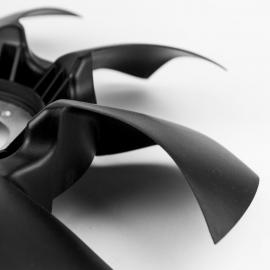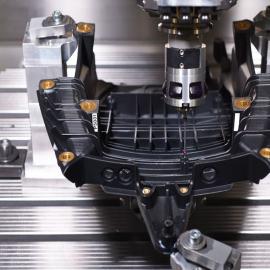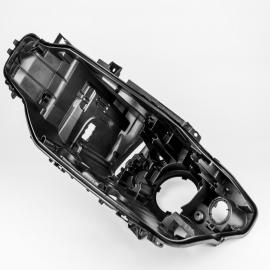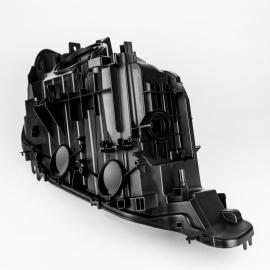Polyamide casting
Prototype in close contact with series product
With the polyamide casting technique, a rapid prototyping technique as well, high-quality component parts with near-series properties are produced within a very short period of time. These parts are made from thermoplastics – this feature constitutes the major difference to the conventional vacuum casting with polyurethanes. During this process monomers are enriched with additive and with catalytic components. For the polymerization, which takes place in a vacuum, the monomers are cast into a silicone rubber form. The vacuum makes it possible to produce shrinkage-free casts of complex form parts. Usually generatively produced master patterns are the base for the casting mould.Key benefits of this technique are the production-like properties of the material: the produced component parts can be used as fully adequate functional prototypes or small series. Function and endurance tests that are carried out using these prototypes, provide reliable results and give security for the optimal lay out design of serial parts. Especially when it comes to high thermal or mechanical strains, prototypes made from PA6 (also called nylon) are a great alternative to conventional vacuum casting parts made from polyurethane.






